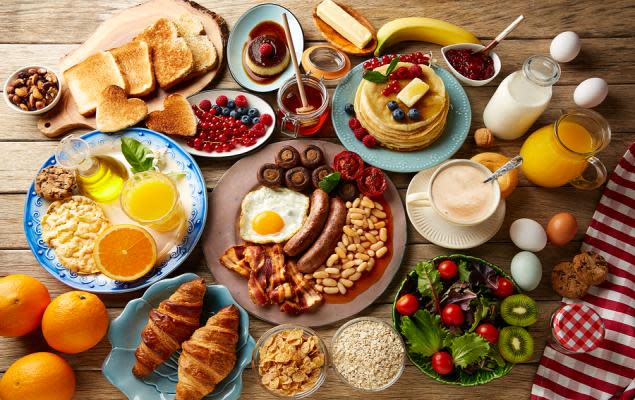
|
Getting your Trinity Audio player ready...
|
Key Takeaways
- Of the tens of thousands of biochemical components that make up our food, most are have not been quantified, and only a tiny fraction are tracked by national databases.
- Many unquantified food constituents have a significant impact on our health, both beneficial and detrimental.
- Machine learning and approaches similar to those used in genome mapping can help us fill this void, allowing us to better understand the impact of diet on disease risk.
In terms of your risk of developing age-related diseases, diet is one of the most important factors you can pay attention to. But how much do we actually know about what is in our food? The answer is: surprisingly little.

National databases like the United States Department of Agriculture track and catalogue 150 key nutritional components in different foods. For example, the USDA lists 67 nutritional components in raw garlic. But according to FooDB, a massive database dedicated to cataloguing food biochemicals, there are over 2306 distinct chemical components in garlic.
Despite having and impact on our health, we are completely unaware of the concentrations and effects of most of this ‘nutritional dark matter’. To take the example of garlic once more, the quantities of over 2000 of it’s chemical components remain unknown to us.
/close-up-of-garlic-on-table-760254411-5bcbf91c4cedfd0026f2b89d.jpg?w=1920&ssl=1)
So how has the complexity of our nutrition been so severely underestimated? The problem is not a lack of research – indeed, there are thousands of studies evaluating the chemical composition of foods. Rather, most of the knowledge gained from this research has not been reaching databases. However, machine learning has given us the means to address this problem.
In 2019, Albert-László Barabási and colleagues developed FoodMine, a project that uses natural language processing (the form of machine learning that concerns human language) to find scientific papers reporting previously unidentified or unquantified biochemicals in garlic.

Fig. 1: Untracked biochemicals and their health implications. | Nature Food. (2020). Retrieved 7 September 2020, from https://www.nature.com/articles/s43016-019-0005-1/figures/1
How important is all this in terms of health? Until now, we have focused on a relatively small group of nutritional components – sugar, salt, protein and so on. This focus makes sense – after all, these nutrients play significant roles in health and disease. However, we are missing data for hundreds if not thousands of nutritional components with potential therapeutic effects. For example, over 400 of the unquantified chemicals in garlic can be linked to therapeutic effects such as protection against cardiovascular disease, according to the Comparative Toxicogenomics Database.
Genomics has changed the face of medicine in the last 10, 20 years, and the idea is to start doing something similar for food,” Menichetti says. “We can change our eating patterns to have a healthier life. For now, it’s not that easy to modify our genetic makeup.
Guilia Menichetti, one of the researchers behind the 2019 study
Using new approaches like machine learning to unravel the secrets of food composition could bring a better understanding of how food affects health, and may aid in the identification of biochemicals with therapeutic effects. To achieve this goal, we may be able to learn from genome-association approaches. Just as most of the human genome was once considered ‘junk’, the effects of most food components are currently largely ignored. In the same way that individual genomes can mapped and linked to disease risk, so too could individual ‘foodomes’.

References
The unmapped chemical complexity of our diet: https://doi.org/10.1038/s43016-019-0005-1
Unraveling the chemical compounds in food could improve how we manage our health: https://medicalxpress.com/news/2019-12-unraveling-chemical-compounds-food-health.html
Featured in This Post
Copyright © Gowing Life Limited, 2024 • All rights reserved • Registered in England & Wales No. 11774353 • Registered office: Ivy Business Centre, Crown Street, Manchester, M35 9BG.

